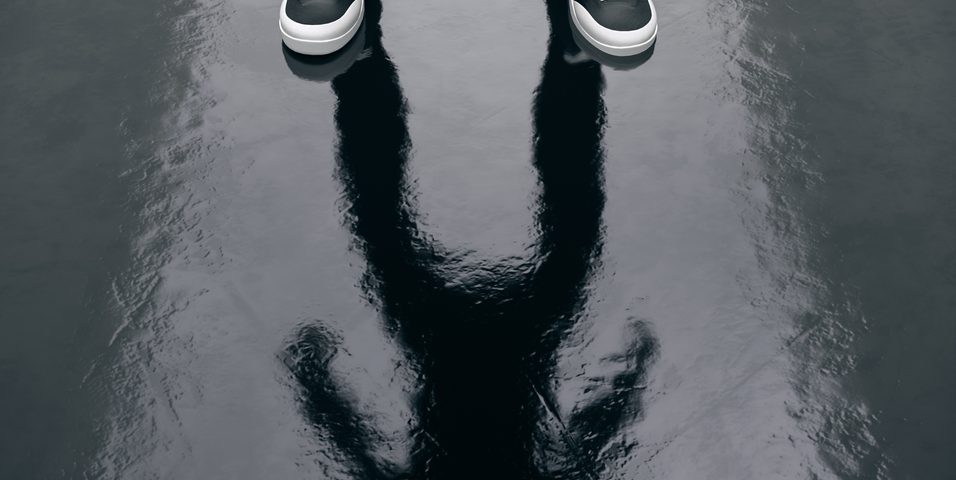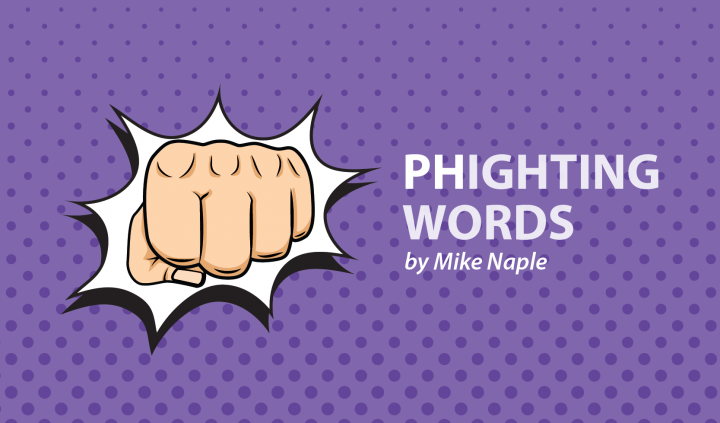Raising Awareness: What Does a PHighter Look Like?

“Do you wear glasses?”
The question took me completely off guard. I was standing in line at my local breakfast spot and staring the cashier in the face, wondering if I did, in fact, have glasses on. The cashier pointed at two lines under my eyes that one could assume are indentations resulting from wearing glasses. I have never worn glasses.
I laughed off the inquiry, took my breakfast, and made my way to work, leaving the cashier oblivious to the chronic illness within me. What she didn’t know was that the lines on my face are the mark of somebody living with pulmonary hypertension, a rare and chronic illness affecting the lungs and heart. Specifically, it’s the mark of the oxygen therapy I use at night to help treat my PH.
I have incorporated nighttime oxygen therapy into my treatment plan since my last PH checkup, at the beginning of this year, to help prevent my oxygen saturation from dipping down to unhealthy levels, which can contribute to complications. On some nights, I wear the cannula too tight around my face, which leaves the marks. I usually take no notice of the marks, and if I do notice them on my face while looking in the mirror, I usually don’t think twice about it.
Wearing the cannula can almost feel like second nature, and its presence and the hum of the oxygen machine bother me minimally. I can’t say the same for sleep apnea machines: those guys make their inconvenience felt in the worst way, which is a challenge I will continue to work out with my doctor. (Perhaps I should also get my eyes checked.)
A recent study in The Journal of Heart and Lung Transplantation suggests that supplemental oxygen use has positive benefits in some PH patients. Anecdotally, it has improved my day-to-day health. I wake up with more energy and don’t have as many headaches in the morning than I had before I began the therapy.
One downside to using oxygen therapy is the occasional (often weekly) bloody nose resulting from extra dry nasal passages. Fortunately, some medicated creams and balms keep the bloody nose at bay. I have also noticed my energy levels decline when not using the oxygen therapy at night. I went t0 California to visit family and friends, and I didn’t feel like I could take a big, wheeled, plug-in machine. After a few nights without the oxygen, I woke up feeling like a deflated balloon and worked hard to compensate for that energy deficit throughout the day.
I also carry an oxygen concentrator with me wherever I go in case I need to recharge and catch my breath after strenuous activity. But here’s the frustrating thing: I don’t use the concentrator as much as I should and much of that has to do with stigma and pride. PH, like many other chronic diseases, is often described as an invisible disease because its physical manifestation is not always apparent to onlookers. But when I put on a cannula in public, I immediately show my PH cards to the world, which is met with mixed reactions.
You would think that living on the shorter side of the height spectrum, I would be comfortable with brushing off lingering stares or unwanted comments (yes, I really am a 33-year-old adult), but wearing oxygen strikes another chord for me. I have previously written about needing to move past frustration and embarrassment to put my health first. That can be tough to do. Sometimes the stigma gets the best of me and I worry that I won’t be taken seriously or I’ll be seen as weak in the workplace or elsewhere. That sounds ridiculous as I write it, yet it is something I struggle with on my journey with PH. Other times, I listen to the advice of loved ones, and my oxygen concentrator helps me dance one more song to celebrate a friend’s wedding.
Stigma will not always be there, and I will not always let pride stand in the way. One way to lessen the hold of stigma is to talk about the disease behind the cannula tubes and share my story.
This Saturday, May 5, is World PH Day. It’s an international day of action to raise awareness and public knowledge about this life-threatening disease. I write my story to increase PH’s visibility, to help others struggling because of PH, and to help me make better sense of my challenges. I encourage readers to engage with the World PH Day toolkit and do what they can to raise awareness, bring greater visibility, and help those who are rare.
***
Note: Pulmonary Hypertension News is strictly a news and information website about the disease. It does not provide medical advice, diagnosis, or treatment. This content is not intended to be a substitute for professional medical advice, diagnosis, or treatment. Always seek the advice of your physician or other qualified health provider with any questions you may have regarding a medical condition. Never disregard professional medical advice or delay in seeking it because of something you have read on this website. The opinions expressed in this column are not those of Pulmonary Hypertension News or its parent company, Bionews Services, and are intended to spark discussion about issues pertaining to pulmonary hypertension.









Leave a comment
Fill in the required fields to post. Your email address will not be published.